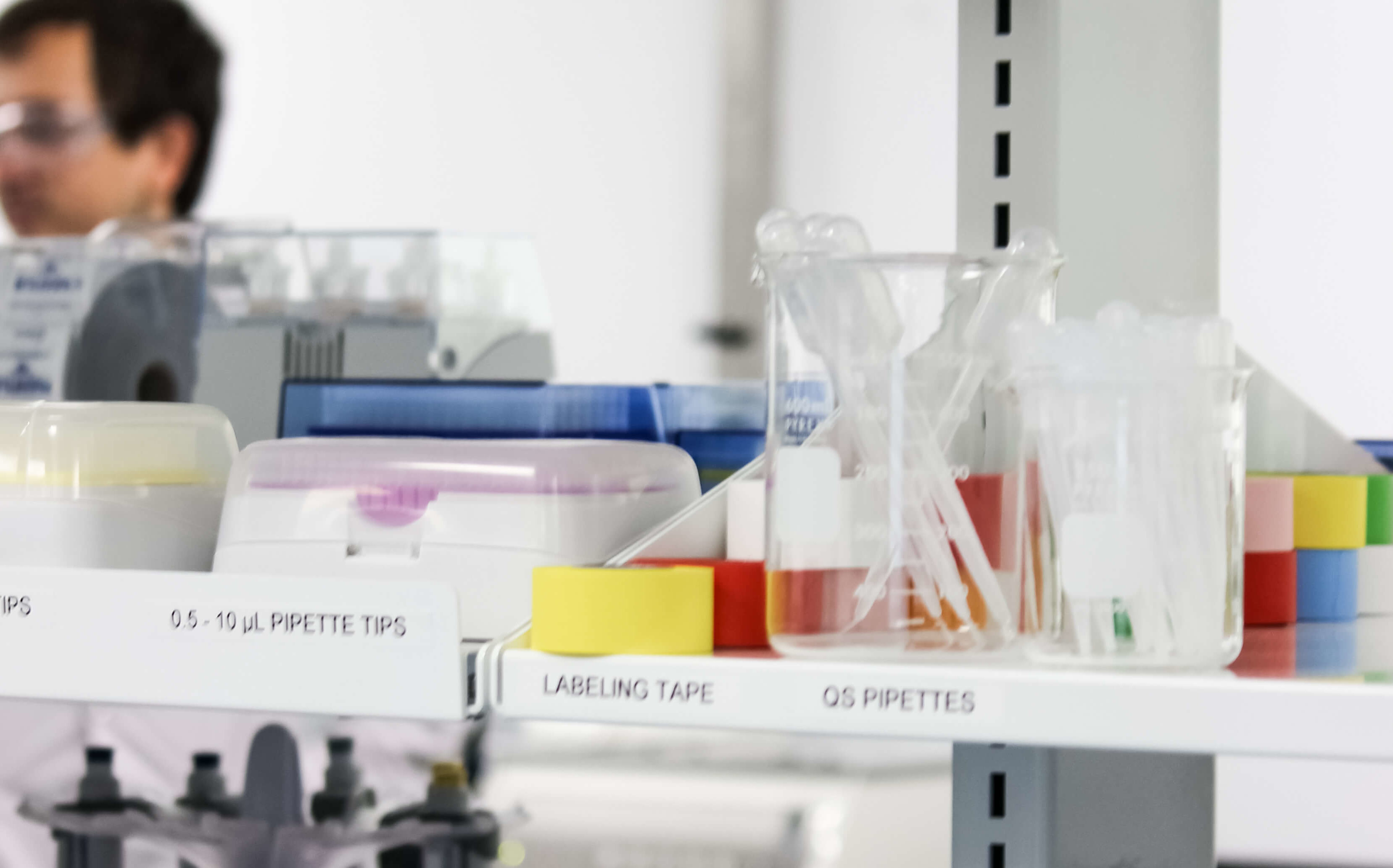
As part of lab safety training, all laboratory workers should be adequately equipped to handle spills. Even with proper training and prevention, occasional laboratory spills are inevitable.
Chemical spills can be disruptive and hazardous, often damaging materials and forcing evacuations. However, an efficient response to spills and quick cleaning of lab workstations and surfaces will drastically reduce their potentially harmful effects on the environment, laboratory, and workers.
This guide will offer a roadmap to appropriate spill response.
Spill Kit
Preparation for lab chemical spills begins long before a spill occurs. Your spill kit should be readily available, visible, and secure.
Below are some of the items your kit should include:
- Your lab safety guidelines and spill instructions
- Hazardous waste labels
- Waste bags
- A dustpan set
- Waste disposal container with lid
- Absorbents (paper towels, pillows, and brooms, sheets and pads, loose bulk, sill pads, absorbent sock)
- Mercury spill kit
- Personal safety equipment
Assess the Spill
Before taking any action to clean a spill, you must determine the type of spill that has occurred. Minor chemical spills can often be cleaned in-house, but major chemical spills will need to be handled by a professional spill response team.
Minor Spills
- Contained mercury thermometer spills when there is a mercury spill kit.
- Less than 500 milliliters or 500 grams of material spilled;
- The material is not a known carcinogen or strong mutagen;
- The spilled material does not emit any noxious or irritating odors, fumes, or dust and;
- The material is contained and has no means of migrating into the environment.
Major Spills
- Any materials that do not fit the above criteria and materials which are
- Flammable
- Corrosive
- Toxic
- Reactive
- Causing eye or respiratory irritation
Cleaning a Minor Spill
Many times, minor spills can be safely cleaned up by laboratory workers. However, you must be meticulous when handling even minor spills.
Use the following steps as a guide to design a spill cleanup procedure.
- Alert other lab personnel of the spill.
- Minimize the spread of dust and vapors by closing the laboratory door and using a fume hood to ventilate. Evacuate personnel as needed.
- Place spill socks and absorbents around drains to prevent environmental release.
- Select any applicable safety equipment like goggles, boots, gloves, or a face shield. Respiratory protection is not often required for a minor spill.
- Neutralize acids using soda ash or sodium bicarbonate, and bases use citric acid or ascorbic acid. A pH paper will measure when the material has been successfully neutralized.
- Contain and clean the spill using absorbents. Distribute absorbents over the entire area of the spill, working from the outside to the inside to prevent splash or spreading.
- Sweep the spilled residue into an appropriate container. Seal and label the container with a hazardous waste sticker which includes the name of the chemical.
- Properly dispose of the chemical waste in a hazardous material receptacle.
- Decontaminate the area where the spill occurred. Ventilate the area if necessary, and wipe down the affected surfaces with water and a mild detergent.
- Document the spill with a write up that explains how the spill occurred and how it was handled.
Cleaning a Major Spill
A major spill poses a risk to health, safety, and the environment and is dangerous to clean. Laboratory workers should report the spill to the emergency responders and not attempt to clean it themselves.
Follow the steps below to safely respond to a major spill
- Aid any people that were injured or contaminated by the spill.
- Evacuate all laboratory personnel. If the spill is immediately threatening to the building occupants, then pull the fire alarm to evacuate the entire building.
- Turn off ignition and heat sources if any flammable materials are spilled.
- Contact the chemical spill emergency line for your laboratory or dial 9-1-1
- Assist the emergency personnel by answering any questions they may have about the incident and following any instructions they give.
- Document the spill with a write up that explains how the spill occurred and how it was handled.
Contamination
Lab chemical spills can also result in contamination. Cases of contamination should be managed as quickly as possible, while another member of the laboratory follows the appropriate steps for handling the spill.
In the event of contamination to the eyes or body, remove any contaminated clothing. Flush the contaminated areas with water for at least 15 minutes, and seek medical attention for anyone injured or contaminated.
Include incidents of contamination in your spill report.
Prevention
Although they can be frustrating and even potentially dangerous, you should look at all spills as learning experiences for preventing future spills. Plan ahead with local emergency responders to maintain a good relationship avoid miscommunication.
Discuss the lab safety guidelines and spill procedures with each member of the laboratory regularly. All workers should be trained with the laboratory’s chemical hygiene plan to ensure they can properly use their safety equipment.
Proper laboratory equipment and functional design are crucial for reducing the incidence of spills. Organize your lab using lab furniture to suit your needs.
With unparalleled attention to detail and pristine products, OnePointe Solutions is a leading custom lab furniture supplier. Contact us today for assistance in designing a custom lab that best meets your specifications, or head to our blog for more lab safety information.


